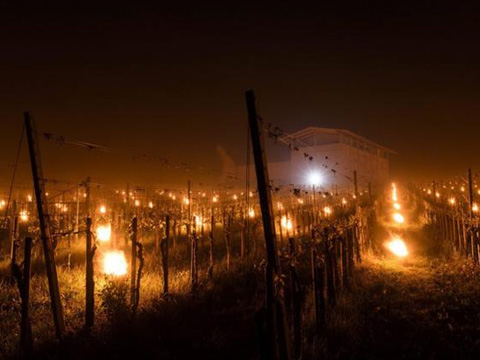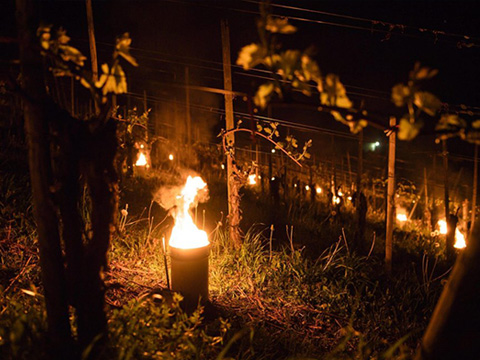Top 10 fruit tree antifreeze methods (2)
5. Buried in the cold
Before the soil is frozen in the north, the young trees can be directly pressed and buried with fine tidal soil. The thickness of the cover is 15-20 cm. Note that when the soil is buried, the surface layer of the soil should be smooth and tight, and the wind will not leak. For large trees that cannot be buried, they can be soiled at the root neck, with a thickness of 20-30 cm, and removed in the coming year. Do not remove the soil from the tree tray to prevent the roots from being exposed to frost.
6. Tree package
In the case of trees with poor cold resistance planted in the front and back of the house and in the courtyard, the trunk or main branch can be wrapped with the grass or grass rope before the arrival of the large freezing, which can prevent the cold wind from invading and reduce the water content of the trunk. Loss. Before winding, it is best to soak the entangled material in lime water for 1-2 days to disinfect and prevent the pests from invading the fruit trees. In the coming spring, the grass will be burned in a concentrated manner to eliminate the wintering pests and diseases.
7. Crown cover
For southern evergreen fruit trees, especially saplings, the canopy can be covered with a non-woven fabric, plastic film or shade net before the cold wave comes. The lower part is tied with a rope or buried in the root soil, and it can also prevent freezing. The role. When the cold wave turns fine, the cover can be uncovered when the temperature is above 5 °C during the day, and the frost is covered at night.
8. Set the wind barrier
Use shelter forests to improve the microclimate of the orchard, reduce the wind speed, inhibit the drought, reduce the freezing damage, and create a shelterbelt to adopt the combination of arbor and irrigation. The evergreen tree is the most ideal. If there is no windbreak, you can use a branch or hay to construct a windproof fence or windshield about 1 meter high on the northwest side of the orchard to protect the root neck from freezing. For small-area young orchards, windshield can be set up with sorghum and corn stalks every 2-3 rows of saplings.
9. Spray water or lime
Before the arrival of strong cold air, continuous water spray or fruit tree antifreeze on the orchard can effectively alleviate the sudden drop of the orchard temperature or mediate the cell membrane permeability, and can better prevent frost. In the evening after the snow, the grainy quicklime per acre is 50-100 kg. Quicklime can increase the temperature in the garden by decomposing the emitted gas and reduce the harm of radiation cooling.
10. Set the orchard against frost candles
The orchard against frost candles should be used in the coldest night in winter, and it will be ignited around 12 o'clock in the evening, so that the temperature of the vineyards anti frost candle will spread throughout the orchard, and it will stop when it is dawn in the morning. Generally, a corresponding amount of vineyards anti frost candle needs to be set at intervals.
Although the above 10 antifreeze methods have effects, some methods are difficult to implement in some places and may not be suitable for each orchard.
What kind of antifreeze method do you think is the most practical for your own orchard?
We receive enquiries in English, Español (Spanish), Русский язык (Russian), Français (French) and العربية (Arabic). Our professional team will reply to you within one business day. Please feel FREE to contact us!






